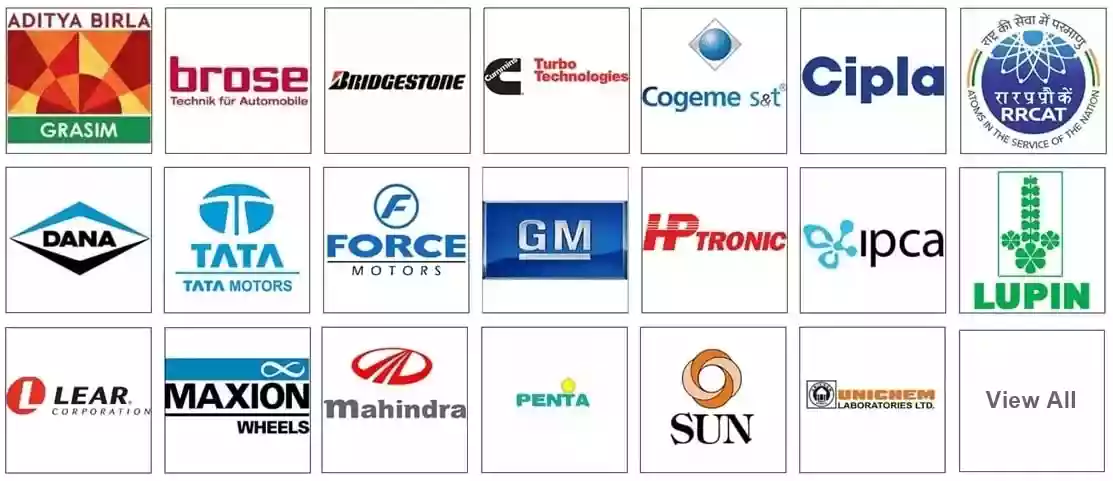FAQ
Automation's main goals are to lessen human involvement in repetitive tasks, streamline business operations, and increase productivity across a range of industries and sectors. Automation provides businesses and society as a whole with a host of advantages and opportunities by using technology and machines to carry out tasks that were previously done by humans.
In order to automate tasks and streamline operations, a variety of technologies, systems, and strategies are used in industrial and manufacturing processes. These solutions are referred to as "industrial automation solutions." Industrial automation's main objectives are to increase output consistency and quality, boost productivity and efficiency, and minimize human involvement in repetitive tasks. These solutions include a range of automation tools and technologies created to address particular industry needs and challenges.
In order to automate tasks and streamline operations, a variety of technologies, systems, and strategies are referred to as "industrial automation solutions" and used in manufacturing and industrial processes. Industrial automation's main objectives are to increase output consistency and quality, boost productivity and efficiency, and minimize human involvement in repetitive tasks. These solutions include a range of automation tools and technologies created to address the demands and difficulties of a particular industry.
Many different industries and sectors can benefit from automation. The benefits of automation become even more clear as companies and processes become more complex.
Hardware used to implement automation in industrial processes and other applications is referred to as automation hardware. These pieces of hardware serve as the building blocks of automated systems and allow for task execution without overt human involvement. The term "automation hardware" refers to a broad category of tools used to regulate, observe, and improve various processes.





